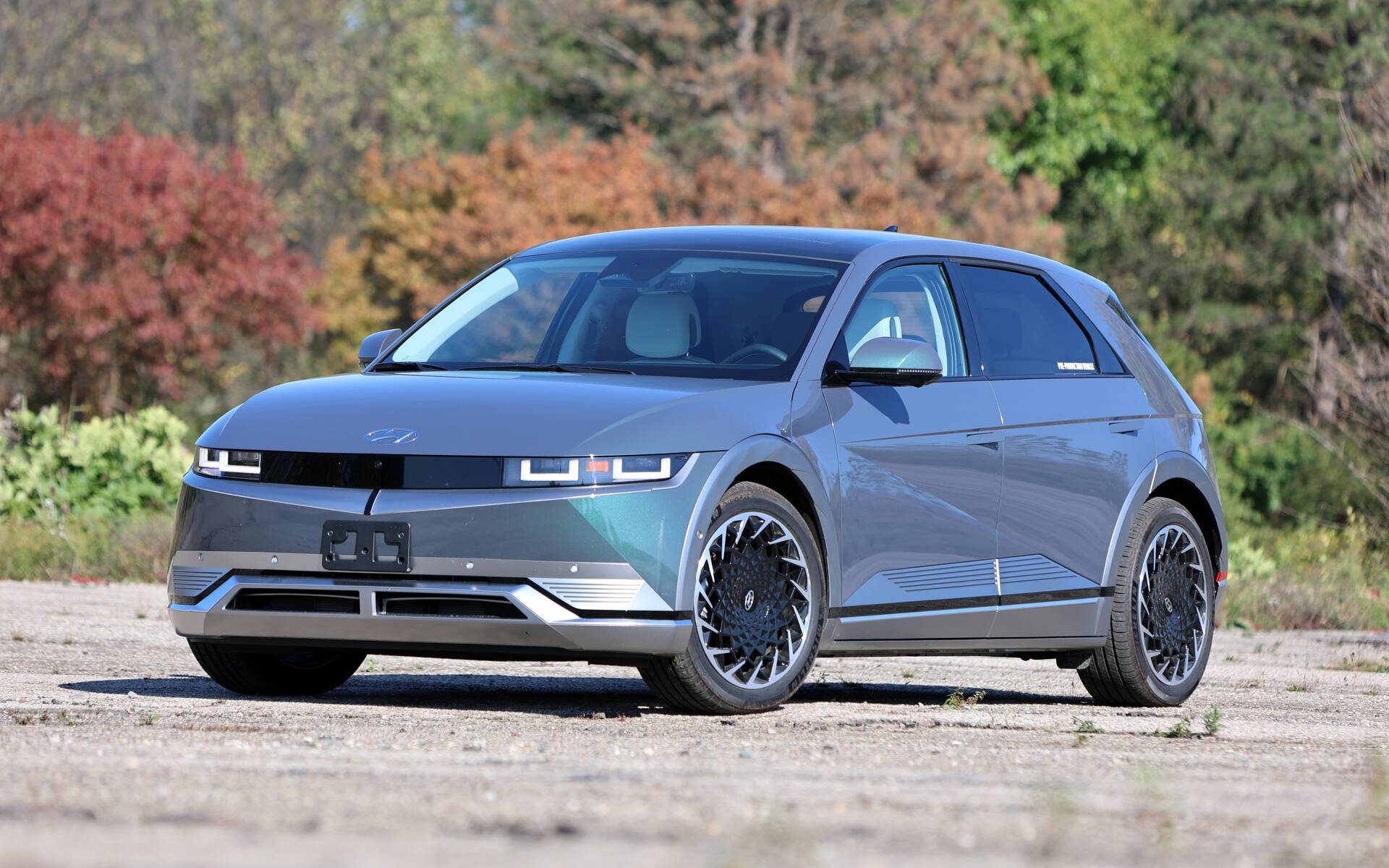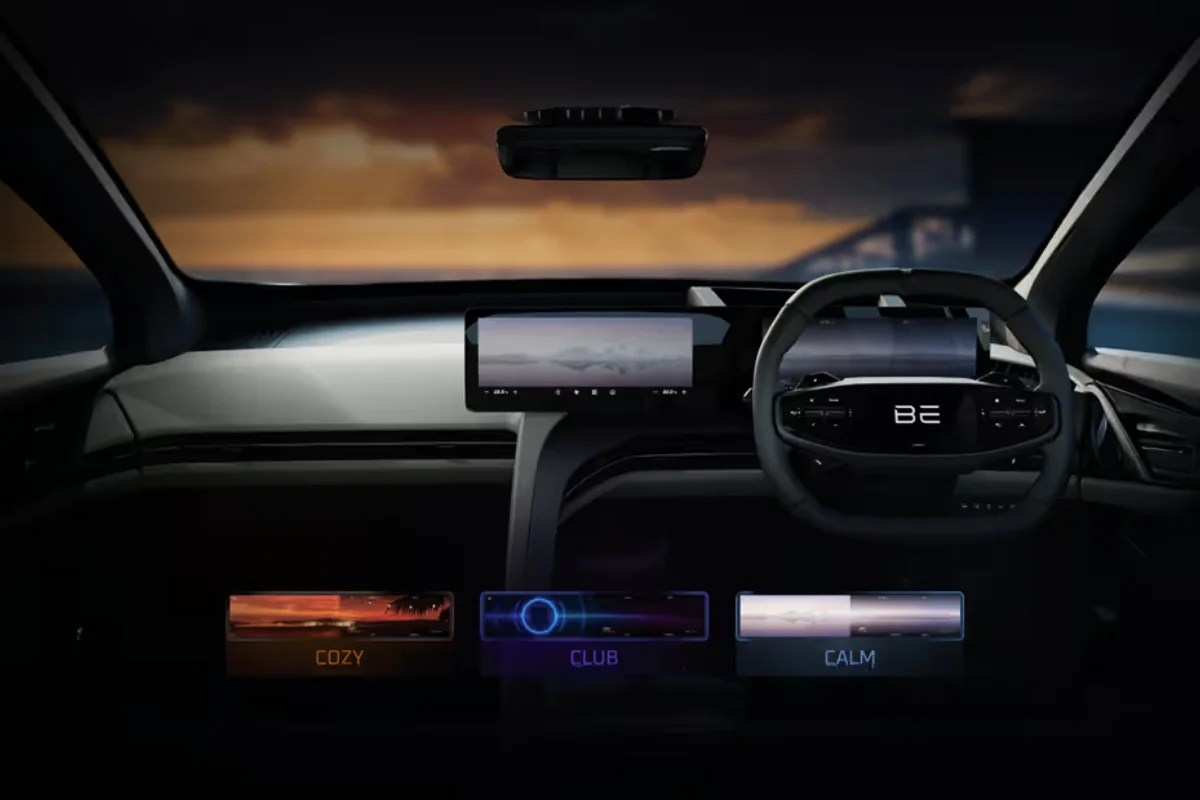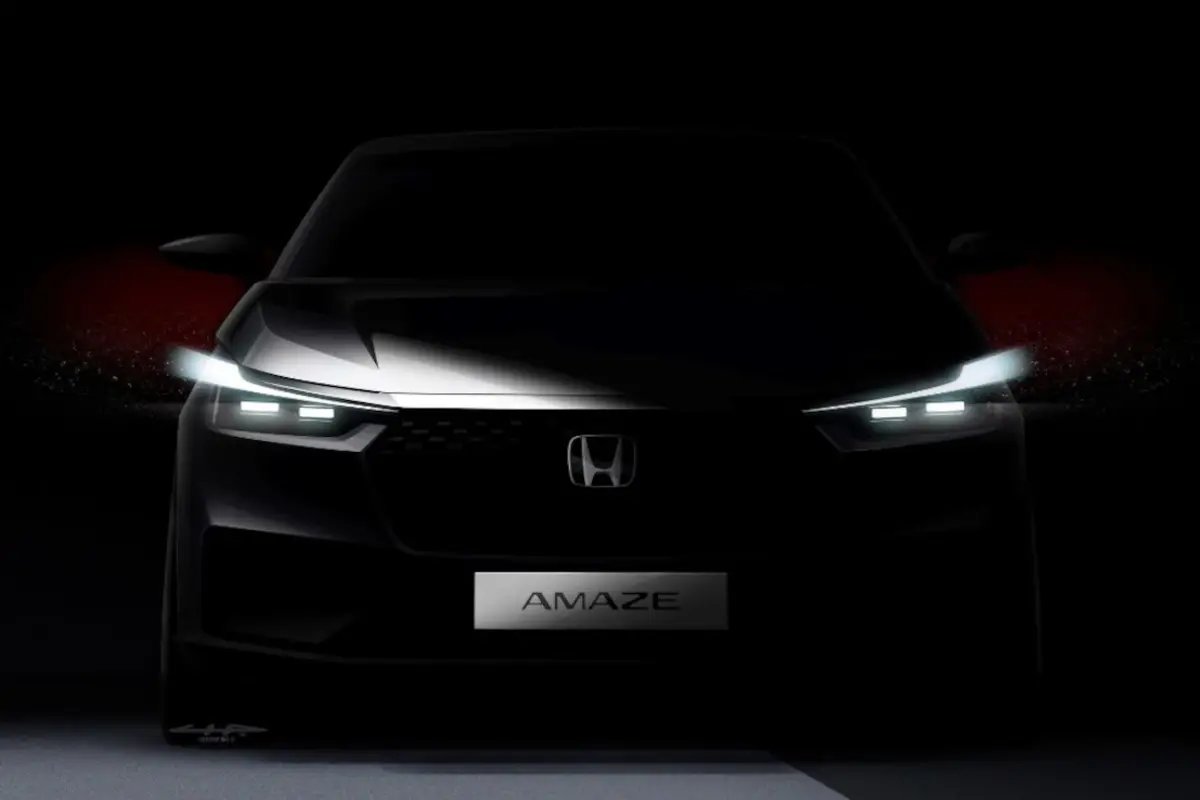The shift towards electrified vehicles is not just about sustainability but also about improved fuel efficiency and a future-proof driving experience. However, with a variety of options on the market, understanding the differences between these vehicles is essential. This guide breaks down the types of electrified vehicles—ranging from mild hybrids to full battery electric and fuel cell vehicles—to help you make an informed decision that aligns with your driving habits, budget, and environmental goals.
The Electric Revolution: A New Era in Driving
The electrification of the automotive industry represents a significant step forward in reducing emissions and improving fuel economy. However, the range of options available can be overwhelming for those considering making the switch. From mild hybrids (MHEVs) to battery electric vehicles (BEVs), each type of electrified vehicle offers unique benefits and challenges. Understanding these distinctions is crucial to finding the best fit for your driving needs.
This comprehensive guide will walk you through the different levels of vehicle electrification, making it easier to navigate the evolving landscape of electric transportation.
Understanding Electric Vehicle Terminology
Before diving into the different types of electrified vehicles, it’s essential to understand the basic terms and concepts that define them. Here’s a quick glossary:
- Mild Hybrid Electric Vehicle (MHEV): A vehicle that uses an electric motor to assist the internal combustion engine but cannot run solely on electric power.
- Hybrid Electric Vehicle (HEV): A vehicle that combines a gasoline engine with an electric motor, capable of switching between or combining both power sources.
- Plug-in Hybrid Electric Vehicle (PHEV): A hybrid vehicle with a larger battery that can be charged externally, allowing for extended electric-only driving.
- Extended-Range Electric Vehicle (EREV): A plug-in hybrid that primarily operates as an electric vehicle, with an internal combustion engine used only as a generator to extend range.
- Battery Electric Vehicle (BEV): An all-electric vehicle powered solely by batteries, producing zero tailpipe emissions.
- Fuel Cell Electric Vehicle (FCEV): A vehicle that generates electricity from hydrogen in a fuel cell to power its electric motor.
With these terms in mind, let’s explore the specifics of each type of electrified vehicle.
1. Mild Hybrid Electric Vehicles (MHEV): Efficient Assistance
Mild Hybrid Electric Vehicles (MHEVs) offer a straightforward entry point into the world of electrification. They combine a traditional internal combustion engine with a small electric motor, primarily used to assist with acceleration and to reduce fuel consumption. MHEVs cannot run solely on electric power, but they offer improved fuel efficiency and reduced emissions compared to non-hybrid vehicles.

Key Features:
- Electric Motor Assist: Provides extra torque during acceleration, improving performance and fuel efficiency.
- Start-Stop Functionality: The engine shuts off when the vehicle is stationary, reducing fuel consumption and emissions during idle periods.
- Regenerative Braking: Captures energy during braking and stores it in the battery for later use.
- Smaller Battery: MHEVs feature smaller, lighter batteries and electric motors, making them more affordable than full hybrids or electric vehicles.
Typical System Specs:
- Battery Voltage: 48 volts
- Battery Capacity: 0.5 to 1.0 kWh
- Electric Motor Power: 10 to 20 kW (13 to 27 hp)
- Torque: 50-150 Nm (37-111 lb-ft)
- Fuel Efficiency Improvement: 10-15% better than non-hybrid vehicles
Ideal For: Drivers looking for a cost-effective way to improve fuel efficiency and reduce emissions without the need for external charging or the complexity of a full hybrid system.
2. Hybrid Electric Vehicles (HEV): The Self-Charging Solution
Hybrid Electric Vehicles (HEVs), often referred to as traditional hybrids, combine a gasoline engine with an electric motor and battery system. Unlike plug-in hybrids, HEVs do not require external charging. Instead, they rely on regenerative braking and the internal combustion engine to keep the battery charged. HEVs are designed to seamlessly switch between or combine electric and gasoline power, optimizing fuel efficiency and reducing emissions.

Key Features:
- Dual Power Sources: HEVs use both an electric motor and a gasoline engine, switching between them to optimize fuel efficiency.
- Electric-Only Mode: HEVs can operate in electric-only mode at low speeds, making them ideal for city driving with zero emissions and silent operation.
- Regenerative Braking: Converts energy during braking into electricity to recharge the battery.
- Start-Stop Technology: Automatically shuts off the engine at stops and restarts it when needed, reducing fuel consumption and emissions.
Typical System Specs:
- Battery Voltage: 200-300 volts
- Battery Capacity: 1.0 to 2.0 kWh
- Electric Motor Power: 30 to 80 kW (40 to 107 hp)
- Torque: 150-300 Nm (111-221 lb-ft)
- Fuel Efficiency Improvement: 20-50% better than non-hybrid vehicles
- Electric-Only Range: Limited, typically a few kilometers
Ideal For: Drivers who want to reduce fuel consumption and emissions without the need to plug in or change their driving habits drastically. HEVs are particularly effective in urban environments where stop-and-go traffic allows them to maximize their electric capabilities.
3. Plug-In Hybrid Electric Vehicles (PHEV): Flexibility and Efficiency
Plug-In Hybrid Electric Vehicles (PHEVs) take the hybrid concept a step further by incorporating a larger battery that can be charged externally. This allows PHEVs to operate in electric-only mode for longer distances, making them ideal for daily commutes or short trips without using gasoline. When the battery is depleted, the vehicle switches to hybrid mode, using both the gasoline engine and electric motor.

Key Features:
- Extended Electric-Only Range: Capable of traveling longer distances on electric power alone, reducing reliance on the internal combustion engine.
- Dual Power Sources: Operates in electric-only, gasoline-only, or combined modes, allowing for a flexible driving experience.
- External Charging Capability: Recharge at home or public charging stations, further reducing gasoline usage.
- Regenerative Braking: Recaptures energy during braking to recharge the battery.
Typical System Specs:
- Battery Voltage: 300-400 volts
- Battery Capacity: 8 to 18 kWh
- Electric Motor Power: 50 to 100 kW (67 to 134 hp)
- Torque: 200-400 Nm (148-295 lb-ft)
- Electric-Only Range: 20 to 50 miles (32 to 80 km)
- Fuel Efficiency Improvement: Significantly better than non-hybrid vehicles
Ideal For: Drivers who want the flexibility of electric driving for daily commutes and short trips, with the assurance of a gasoline engine for longer journeys. PHEVs offer a balanced approach to reducing emissions while maintaining long-range capability.
4. Extended-Range Electric Vehicles (EREV): The Best of Both Worlds
Extended-Range Electric Vehicles (EREVs) are a specific type of plug-in hybrid designed to operate primarily as a battery electric vehicle. EREVs include a small internal combustion engine that acts as a generator to extend the vehicle’s range when the battery is depleted. Unlike traditional hybrids, the engine in an EREV does not drive the wheels but generates electricity to power the electric motor.

Key Features:
- Primary Electric Operation: EREVs are designed to run mainly on electric power, providing zero tailpipe emissions and instant torque for daily driving.
- Range-Extending Generator: The internal combustion engine acts as a generator, eliminating range anxiety by providing additional electricity when needed.
- Regenerative Braking: Captures energy during deceleration to recharge the battery.
- Flexible Driving Modes: Switches between pure electric and range-extending modes to optimize efficiency based on driving conditions.
Typical System Specs:
- Battery Voltage: 300-400 volts
- Battery Capacity: 10 to 20 kWh
- Electric Motor Power: 100 to 150 kW (134 to 201 hp)
- Torque: 300-400 Nm (221-295 lb-ft)
- Electric-Only Range: 25 to 50 miles (40 to 80 km)
- Total Range: Over 300 miles (480 km) with the range extender
- Fuel Efficiency: Extremely high in electric mode
Ideal For: Drivers who want the benefits of an electric vehicle with the reassurance of a gasoline-powered backup. EREVs are suitable for daily commutes and longer trips without worrying about charging infrastructure.
5. Battery Electric Vehicles (BEV): The All-Electric Future
Battery Electric Vehicles (BEVs) are fully electric vehicles powered solely by electricity stored in large battery packs. BEVs produce zero tailpipe emissions, making them a critical component in reducing carbon emissions and promoting sustainable transportation. With advancements in battery technology and an expanding charging infrastructure, BEVs are becoming increasingly viable for a wide range of driving needs.

Key Features:
- All-Electric Powertrain: BEVs operate solely on electric power, with no internal combustion engine, offering smooth and rapid acceleration.
- Zero Emissions: BEVs produce no tailpipe emissions, contributing to cleaner air and reduced environmental impact.
- Large Battery Pack: BEVs have large lithium-ion battery packs that determine the vehicle’s driving range.
- Regenerative Braking: Captures energy during braking, extending the vehicle’s range by recharging the battery.
- Quiet Operation: BEVs offer a quiet and serene driving experience because they do not have an internal combustion engine.
- Home and Public Charging: BEVs can be charged at home or public charging stations, with charging times varying based on the method.
Typical System Specs:
- Battery Voltage: 300 to 800 volts
- Battery Capacity: 40 to 100 kWh or more
- Electric Motor Power: 100 to 300 kW (134 to 402 hp)
- Torque: 300-700 Nm (221-516 lb-ft) or higher
- Driving Range: 150 to 400 miles (240 to 640 km) on a single charge
- Charging Time: 8 to 20 hours with Level 1, 4 to 10 hours with Level 2, and 30 minutes to 1 hour with DC fast charging
Ideal For: Drivers seeking a zero-emission vehicle with lower operating costs and the convenience of home charging. BEVs are perfect for those who are committed to sustainable driving and have access to reliable charging infrastructure.
6. Fuel Cell Electric Vehicles (FCEV): Hydrogen-Powered Innovation
Fuel Cell Electric Vehicles (FCEVs) represent a different approach to electric propulsion by using hydrogen as their primary energy source. Instead of relying on a battery pack, FCEVs generate electricity through a chemical reaction between hydrogen and oxygen in a fuel cell, which powers the electric motor. This technology produces zero tailpipe emissions, with water vapor as the only byproduct.

Key Features:
- Hydrogen Fuel Cell Powertrain: Generates electricity from hydrogen, providing propulsion through an electric motor.
- Zero Emissions: Produces only water vapor as a byproduct, contributing to a cleaner environment.
- Fast Refueling: Refueling a hydrogen tank takes just 3 to 5 minutes, similar to conventional gasoline vehicles.
- Long Driving Range: Comparable to gasoline-powered vehicles, FCEVs are ideal for longer trips without the need for frequent stops.
- Quiet and Smooth Operation: Provides a quiet, smooth driving experience with instant torque and seamless acceleration.
Typical System Specs:
- Fuel Cell Voltage: Typically 200 to 400 volts
- Hydrogen Storage Capacity: Typically 4 to 6 kg of hydrogen stored at high pressure (700 bar or 10,000 psi)
- Electric Motor Power: 100 to 150 kW (134 to 201 hp)
- Torque: 300-400 Nm (221-295 lb-ft)
- Driving Range: Generally between 300 to 400 miles (480 to 640 km) on a full tank of hydrogen
- Refueling Time: Around 3 to 5 minutes at a hydrogen refueling station
- Energy Efficiency: Generally higher than internal combustion engines but lower than BEVs due to the energy required to produce, transport, and store hydrogen.
Ideal For: Drivers who want an eco-friendly vehicle with the convenience of fast refueling and a long driving range. FCEVs are especially suitable for those who require a vehicle capable of handling longer trips without frequent stops for recharging.

The Future of Driving Is Electric
The transition to electrified vehicles offers significant benefits in terms of sustainability, fuel economy, and overall driving experience. However, with so many options available, understanding the differences between them is crucial. Whether you prioritize efficiency, emissions reduction, or driving range, there’s an electrified vehicle to meet your needs.
By understanding the unique features and benefits of each type of electrified vehicle, you can make an informed decision that aligns with your lifestyle, budget, and environmental goals. The electric revolution is here, and with it comes the opportunity to drive cleaner, more efficient vehicles that contribute to a sustainable future.






